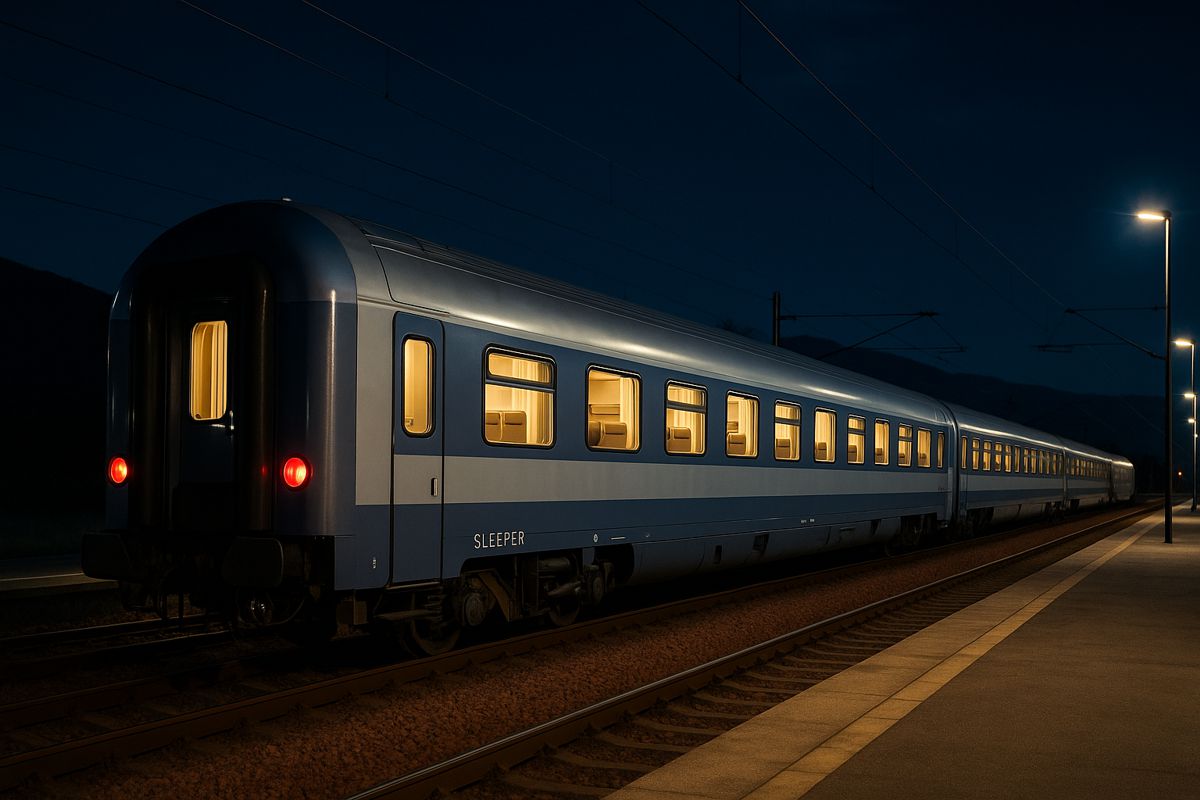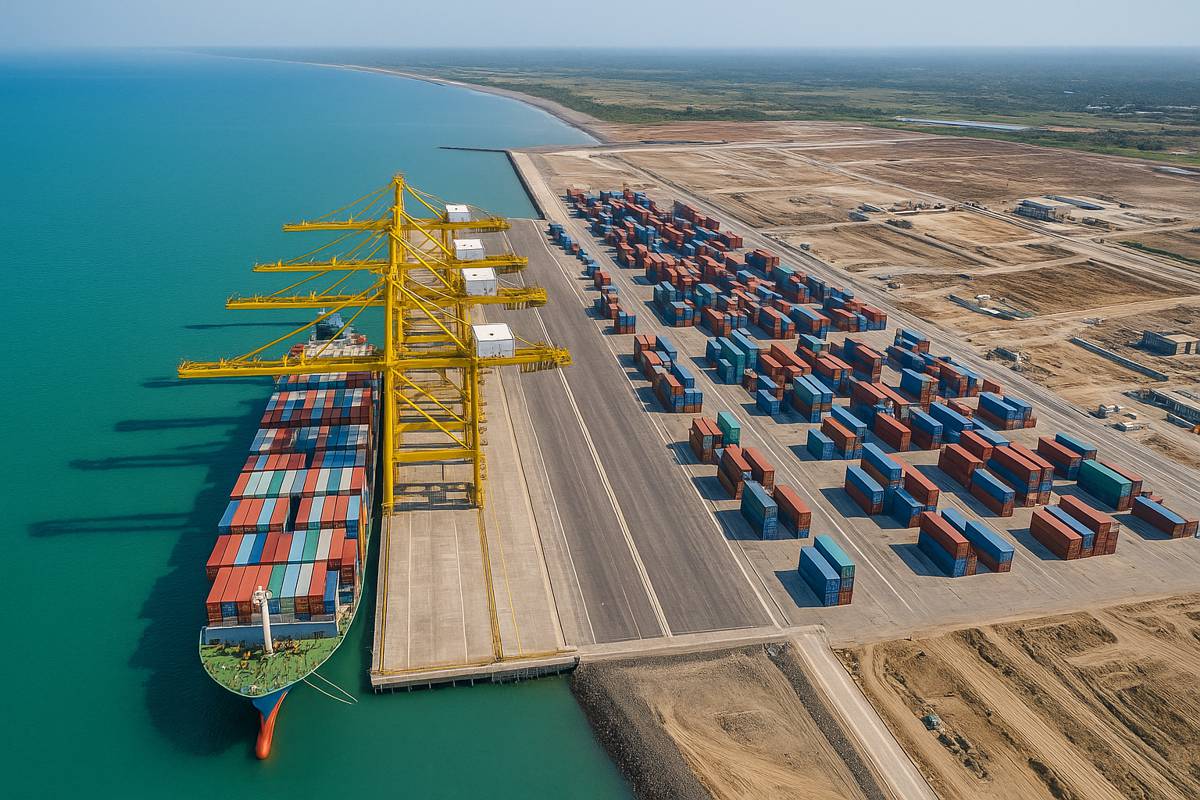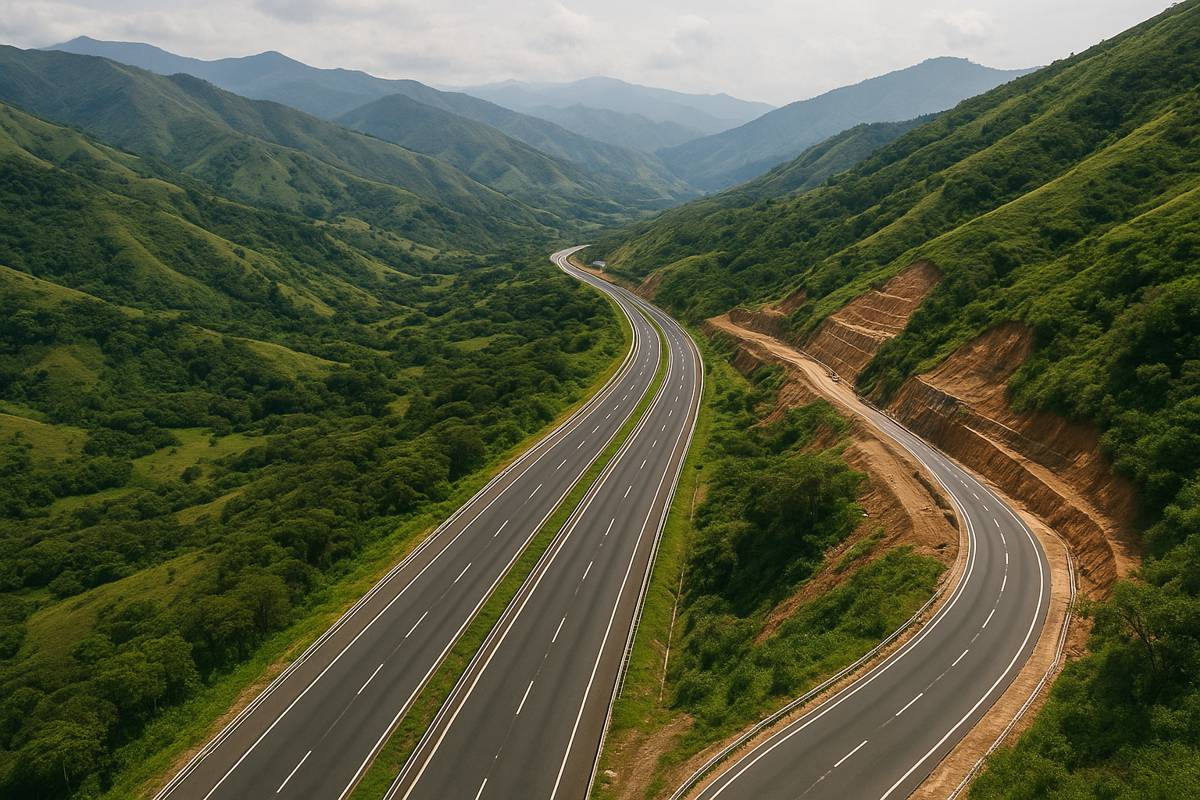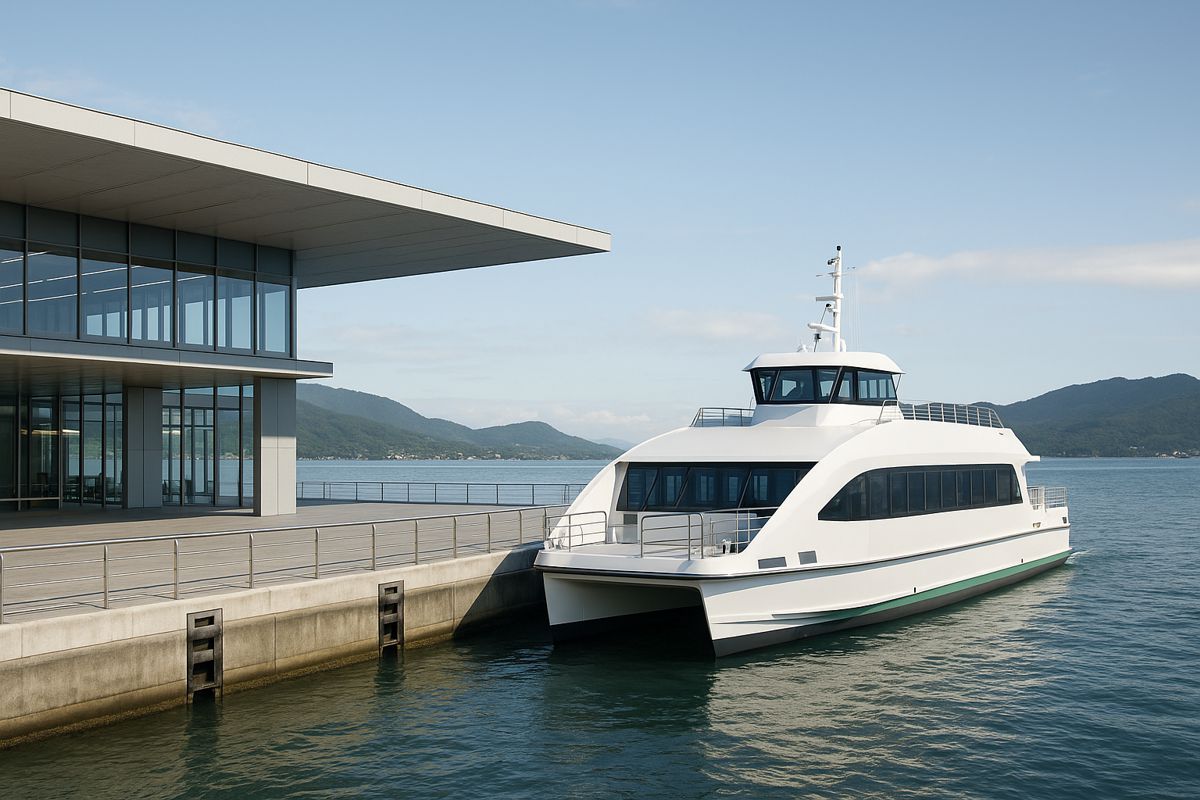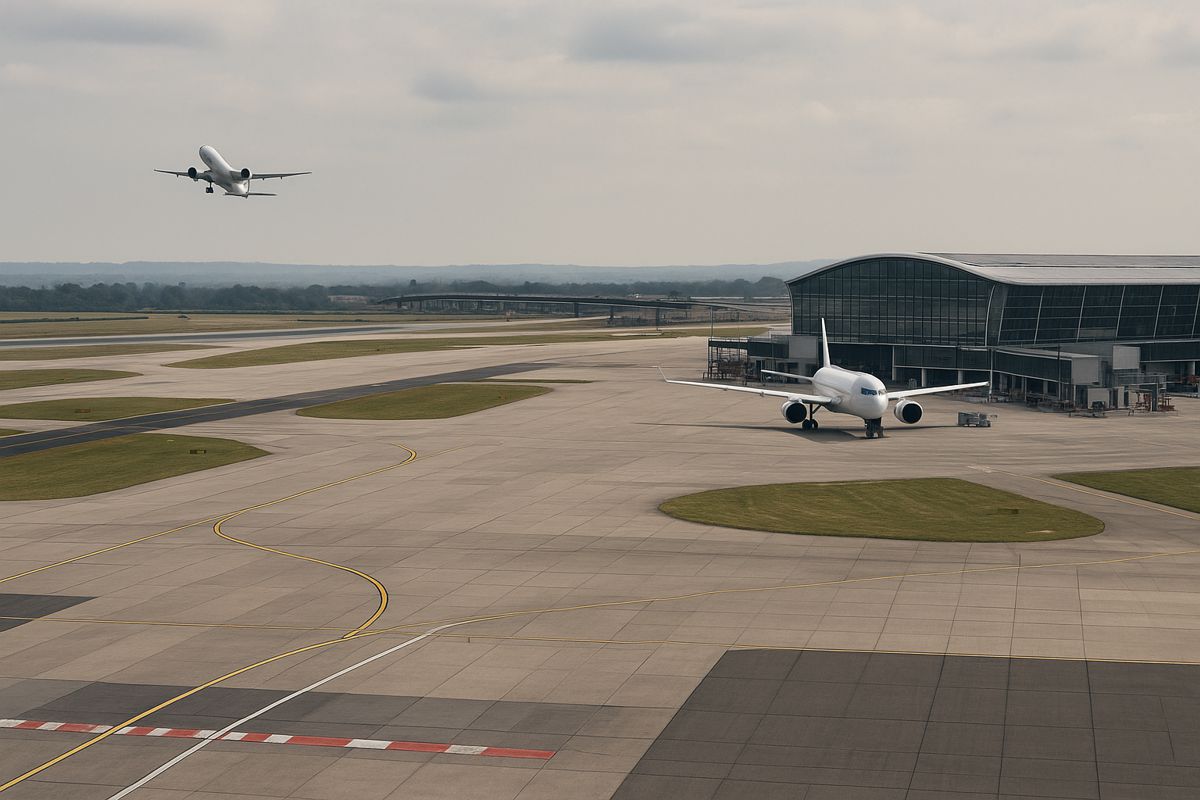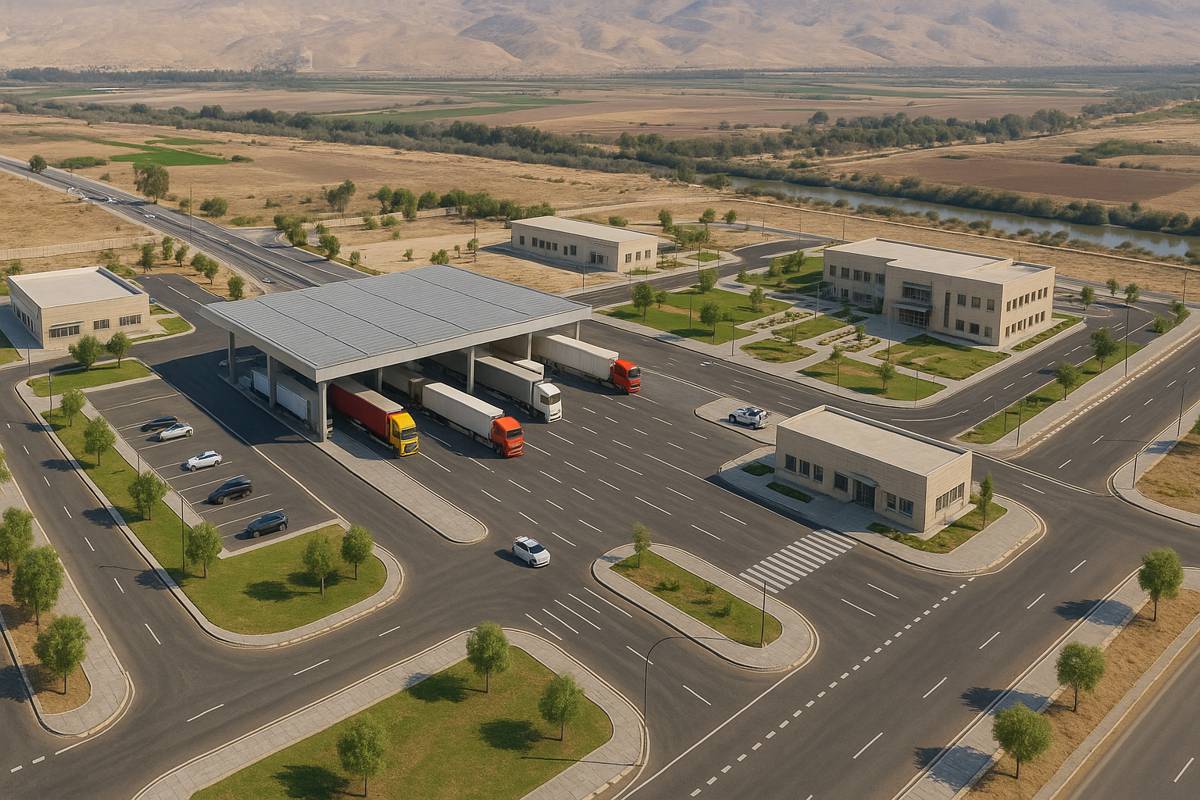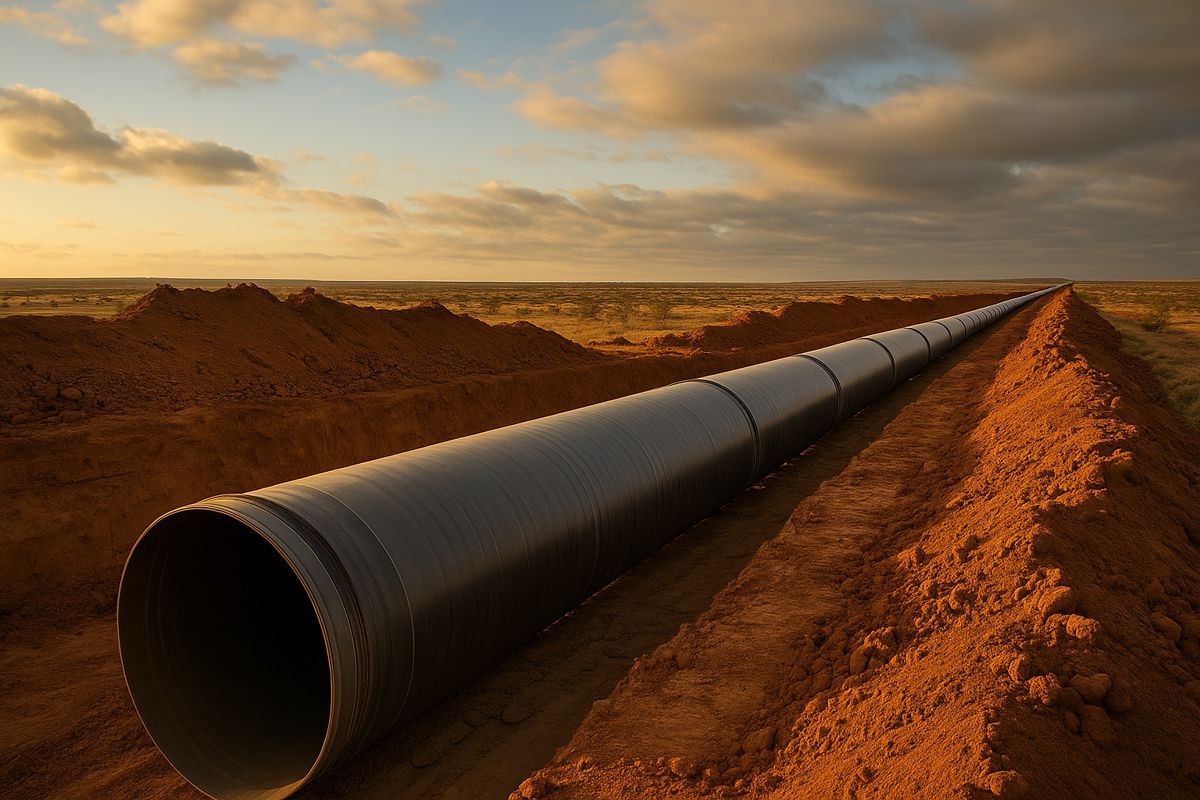Modern Sleeper Trains Signal a Greener Rail Future for Serbia
Serbia’s ambitions to strengthen its position as a modern transport hub have taken another decisive step forward, with the European Bank for Reconstruction and Development (EBRD) approving a sovereign-guaranteed loan worth up to €42 million for the country’s national passenger rail operator, Srbijavoz. The project financing will fund the purchase of 12 state-of-the-art sleeper carriages, replacing ageing rolling stock and elevating the quality of international rail services.
For a country seeking to anchor itself more firmly in Europe’s sustainable mobility landscape, this investment could not have come at a better time. The current sleeper fleet, long past its prime, is no longer authorised for use in European Union member states. The move ensures passengers travelling to and from Serbia will benefit from modern comfort, enhanced safety, and higher performance standards aligned with European regulations.
Strengthening Cross-Border Rail Connectivity
The new sleeping cars are initially expected to serve the iconic Belgrade to Bar route, a dramatic and much-loved cross-border railway linking the Serbian capital to Montenegro’s Adriatic coastline. However, this acquisition represents more than just an upgrade for a single line. With international connectivity high on the national agenda, the introduction of these sleeper units paves the way for additional cross-border routes into neighbouring EU states.
Serbia’s passenger network currently stretches across more than 20 corridors, including suburban and long-distance services. Yet, international rail offerings have been held back by older equipment and limited compatibility with European standards. By investing in premium rolling stock, Srbijavoz is positioning itself to restore and expand regional connections, especially as travel demand rebounds and rail tourism continues to grow across Europe.
A Milestone for Sustainable Mobility
This financing aligns strongly with Serbia’s push towards greener transport and the broader European commitment to shifting passengers from road and air to rail. Modern sleeper trains play a crucial role in low-carbon, long-distance mobility, offering travellers an efficient and environmentally friendly alternative for cross-border journeys.
The EBRD categorises this project as a key step in Serbia’s green transition, supporting energy-efficient transport infrastructure and promoting modal shift. Night-train revival trends across Europe further strengthen the case, as operators from Austria to France reinvest in overnight rail as part of national and EU climate goals.
Official Support and Strategic Vision
The loan agreement was formalised with senior Serbian officials and EBRD representatives, underlining the strategic significance of the investment. The contract was signed by Ljubiša Pejičić, Acting Director General of Srbijavoz. Guarantee agreements were signed by Siniša Mali, First Deputy Prime Minister and Minister of Finance, and Jelena Čeperković, EBRD Deputy Head for Serbia.
“This project marks an important step in modernising our rail fleet and ensuring we can provide safe, comfortable, and competitive international services in line with European standards.” said Pejičić during the signing.
Government backing reflects Serbia’s infrastructure priorities in the Western Balkans, where major EU-supported corridors are undergoing upgrades. As part of the Trans-European Transport Network (TEN-T) extension into the region, Serbia is modernising its rail infrastructure along key north–south and east–west trade routes, notably the Belgrade–Budapest high-speed rail line and pan-Balkan corridor upgrades.
EBRD’s Vital Role in Serbia’s Transport and Energy Transition
The EBRD is already one of Serbia’s most influential investment partners. With over €10 billion deployed across 394 projects to date, its support spans energy, infrastructure, private-sector competitiveness, and sustainable development. Rail transport is a cornerstone of this collaboration.
Serbia has made clear that electrified rail and intermodal transport will form the backbone of its future mobility strategy. Multi-year investment programmes, including EU IPA funds and large bilateral partnerships, are geared towards improving passenger and freight networks, reducing reliance on fossil-fuel transport, and modernising operations.
Notably, Serbia is also investing heavily in digital signalling, new rail corridors, and inter-city modernisation. With rolling stock replacement complementing infrastructure upgrades, the country aims to match European standards and improve travel experience.
Sleeper Trains and the Return of Night Travel in Europe
Europe’s night-train revival has been gathering pace in recent years, fuelled by climate-conscious travel and renewed interest in cross-border rail. Countries such as Austria, Germany, Sweden, and France are investing in overnight routes, with collaborations across borders now key to unlocking capacity.
Serbia’s move comes at a time when rail tourism along scenic routes, including the mountainous Belgrade–Bar line, is also experiencing growing interest. The modern sleeper carriages will enable passengers to travel in greater comfort and safety, while attracting international tourists eager for unique rail experiences.
Features and Passenger Enhancements
Specific technical configurations of the new sleeper cars are expected to include:
- Modern climate control systems
- Enhanced safety features compliant with EU rail regulations
- Comfortable multi-berth sleeping compartments
- Modern sanitation and accessibility amenities
- Digital passenger information systems
These improvements will not only uplift the current service offering but help position Serbia as a competitive player in regional passenger transport.
Boosting Economic and Regional Integration
Efficient mobility has always been a cornerstone of European economic and political integration. Serbia’s investment in rail aligns with its wider ambitions for greater EU alignment and deeper market integration. Improved connectivity enhances tourism flows, business travel, and trade along strategic corridors.
A more attractive international rail service also fits with the emerging vision of a Western Balkans transport zone, offering seamless movement and shared infrastructure standards across the region.
A Promising Journey Ahead
Serbia’s rail modernisation story is far from over. With high-speed projects under construction, station upgrades underway, and fresh rolling stock now joining the fleet, the nation is positioning itself at the heart of a new era of sustainable European transport.
By backing this sleeper train investment, the EBRD has reinforced its role as a key partner in Serbia’s transformation. For travellers, the promise is clear: cleaner, greener, and more comfortable rail journeys across borders.
Riding the Rails Toward a Greener Future
Serbia’s commitment to modern railway travel reflects a broader regional trend towards sustainability, innovation, and cross-border cooperation. With international sleeper travel gaining fresh momentum across Europe, Srbijavoz’s bold upgrade paves the way for more seamless, low-carbon connectivity.
As these new sleeper carriages roll into service, they will not only replace outdated units but symbolise Serbia’s journey towards a smarter, cleaner, and more connected transport system.
